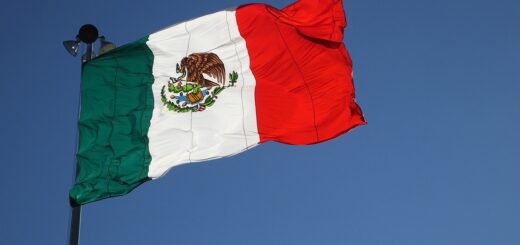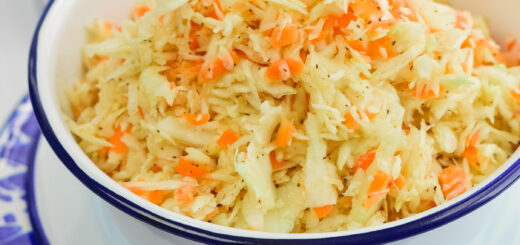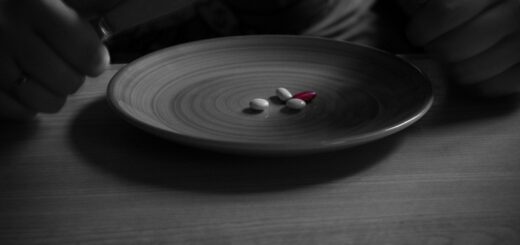What is ‘Lunar’ New Year? And Where It Celebrates
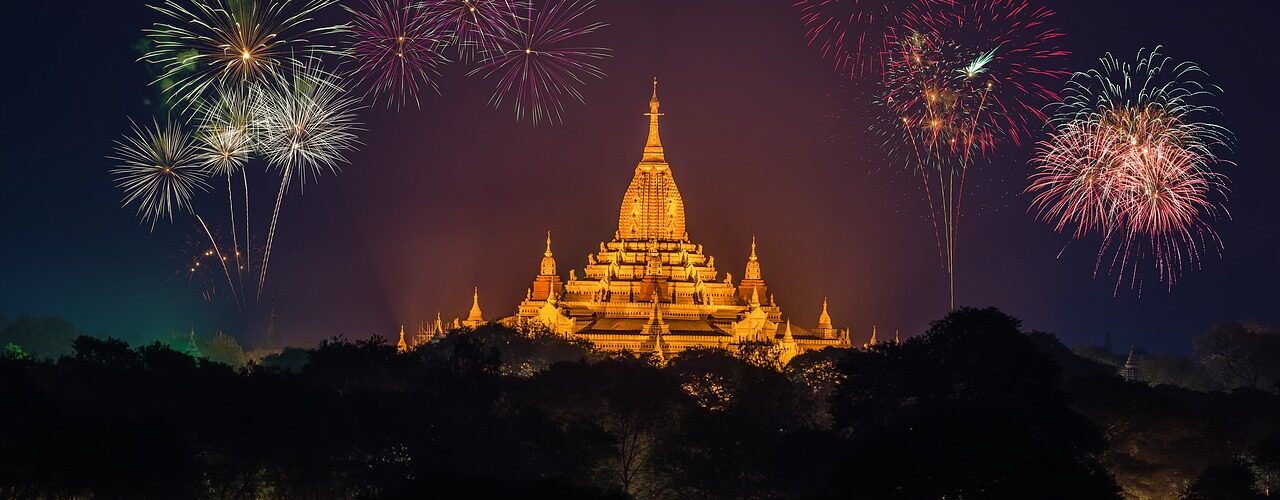
The celebration of the Lunar New Year holds immense importance in East and Southeast Asian cultures, encompassing Chinese, Vietnamese, Korean, and various other communities. In contrast to the single-day observance of the Gregorian calendar’s New Year, this festivity extends over several days, signifying a culturally significant event. In the year 2024, the Lunar New Year will begin on February 10th
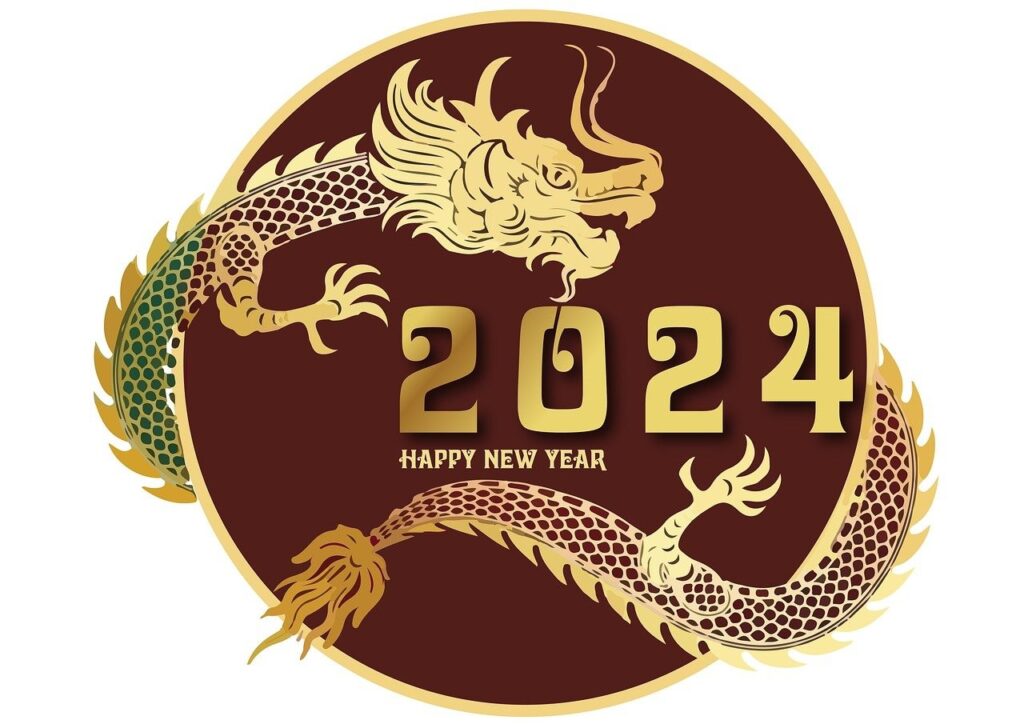
In China, the Lunar New Year is celebrated as the Spring Festival or Chūnjié in Mandarin. Meanwhile, in Korea, it is known as Seollal, and Vietnamese communities observe it as Tết.
With its roots in the lunar calendar, this holiday originated as a time for elaborate feasts and respectful offerings to household deities, celestial beings, and ancestors. Traditionally, the New Year begins with the sighting of the first new moon, typically occurring between late January. The festivities extend over the initial 15 days of the lunar calendar’s first month, concluding with the arrival of the full moon.
Who’s are Zodiac Animals?
Every year in the Lunar calendar is represented by one of the 12 zodiac animals, forming a cycle that signifies the 12 stations or “signs” along the apparent path of the sun through the celestial sphere.
The 12 zodiac animals include the rat, ox, tiger, rabbit, dragon, snake, horse, sheep, monkey, rooster, dog, and pig. Complementing these animals are five elements—earth, water, fire, wood, and metal—that are essential components of the traditional lunar calendar. Each year corresponds to an animal associated with a specific element.
In the upcoming year, 2024, it is anticipated to be the year of the rabbit. The most recent occurrence of the year of the rabbit was in 2011.
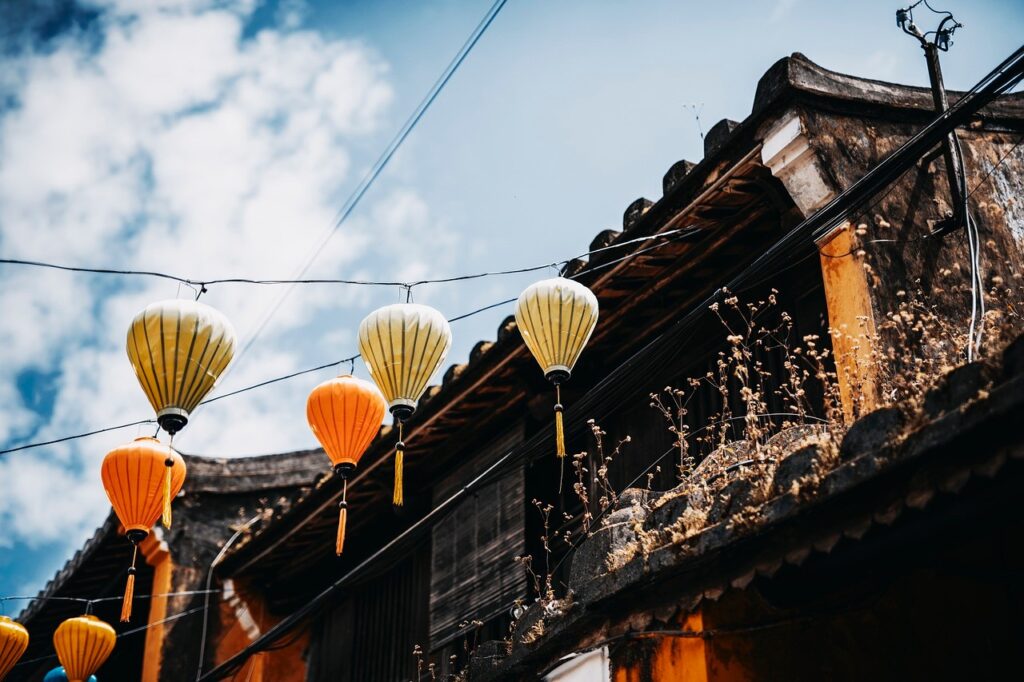
Customs and Cuisine During of Lunar New Year
Each culture has its distinct way of celebrating the Lunar New Year, featuring an array of foods and customs that symbolize prosperity, abundance, and unity. As the Lunar New Year approaches, thorough house cleaning is undertaken to dispel any lingering negative spirits from the past year and make way for positive energies.
Preparations often involve ceremonial acts, such as offering food and paper icons to honor ancestors. Decorative red paper and banners inscribed with auspicious calligraphy messages, symbolizing good health and fortune, embellish the exteriors and interiors of homes. Elders engage in the tradition of gifting red envelopes containing money to children, symbolizing blessings for the year ahead. Celebrants frequently indulge in glutinous rice-based dishes, symbolizing familial unity, while a variety of other foods are chosen for their representation of prosperity, abundance, and good fortune.
China Celebration
Chinese New Year traces its origins back to the Shang Dynasty in the 14th century B.C. It was during the reign of Emperor Wu of Han (140–87 B.C.) that the tradition of conducting rituals on the first day of the Chinese calendar year commenced.
The roots of this holiday in ancient China can be traced to its agricultural society. It served as an occasion to celebrate the harvest, worship the gods, and seek blessings for future abundant harvests, according to Yong Chen, a scholar in Asian American Studies.
In 1949, during the leadership of Chinese Communist Party leader Mao Zedong, the celebration of the traditional Chinese New Year was prohibited, and the Gregorian calendar was adopted. However, as the 20th century neared its end, Chinese leaders became more accepting of the tradition. In 1996, China established a weeklong vacation during the holiday, officially known as the Spring Festival, providing people with the opportunity to travel home and celebrate the new year.
The festivities conclude with the Lantern Festival, celebrated on the last day of the New Year’s celebrations. Parades, dances, games, and fireworks mark the grand finale of the holiday.
Vietnam Celebration
During Vietnamese Lunar New Year festivities, households adorn their spaces with kumquat trees and an assortment of vibrant flowers such as peach blossoms, chrysanthemums, orchids, and red gladiolas. Similar to China, this period witnesses significant travel as families come together to welcome the new year.
As part of tradition, families partake in five-fruit platters, symbolically paying homage to their ancestors. An integral element of Tết celebrations is the revered bánh chưng, a rice cake enveloping mung beans, pork, and various ingredients, carefully wrapped in bamboo leaves. Moreover, guests are often treated to mứt tết, delightful snacks comprising dried fruits or roasted seeds combined with sugar, adding a delightful sweetness to the festive atmosphere.
Korea Celebration
In Korea, the formal observance of Lunar New Year festivities faced a hiatus from 1910 to 1945 due to the annexation of Korea by the Empire of Japan, lasting until the conclusion of World War II. The celebrations of Seollal were officially reinstated in 1989, although many families had already resumed observing the lunar holiday. North Korea initiated Lunar New Year celebrations based on the lunar calendar in 2003, having previously only acknowledged New Year’s on January 1. During this period, North Koreans are encouraged to visit statues honoring the founder, Kim Il Sung, and his son, Kim Jong Il, offering flowers in reverence.
Across both North and South Korea, the preparation of sliced rice cake soup (tteokguk) holds significance during the Lunar New Year festivities. This dish, featuring clear broth and white rice cakes, symbolizes commencing the year with a pure mind and body. In contrast to the custom of gifting money in red envelopes observed in China and Vietnam, elders in Korea present New Year’s money in envelopes adorned with white or patterned designs.
Traditionally, families across Korea gather at the residence of their eldest male relative, coming together to pay homage to ancestors and honor their elders. In North Korea, festivities often occur within homes as travel is less prevalent, emphasizing familial gatherings during this celebratory period.
Lunar New Year Wishes
In Vietnam, traditional Tết greetings include “Chúc Mừng Năm Mới” (Happy New Year) and “Cung Chúc Tân Xuân” (gracious wishes of the new spring). During Seollal, South Koreans frequently express well-wishes with “Saehae bok mani badeuseyo” (May you receive lots of luck in the new year), while in North Korea, the greeting is “Saehaereul chuckhahabnida” (Congratulations on the new year).
Each culture celebrating Lunar New Year exchanges distinctive greetings during the holiday season. In Mandarin, a prevalent way to convey New Year wishes to family and close friends is by saying “Xīnnián hǎo,” signifying “New Year Goodness” or “Good New Year.” Another common greeting is “Xīnnián kuàilè,” translating to “Happy New Year.”


